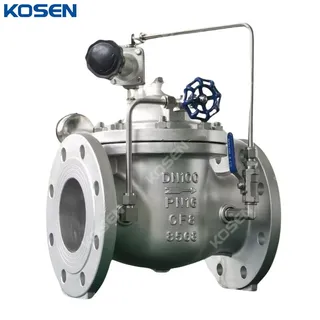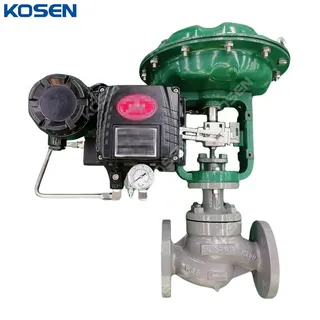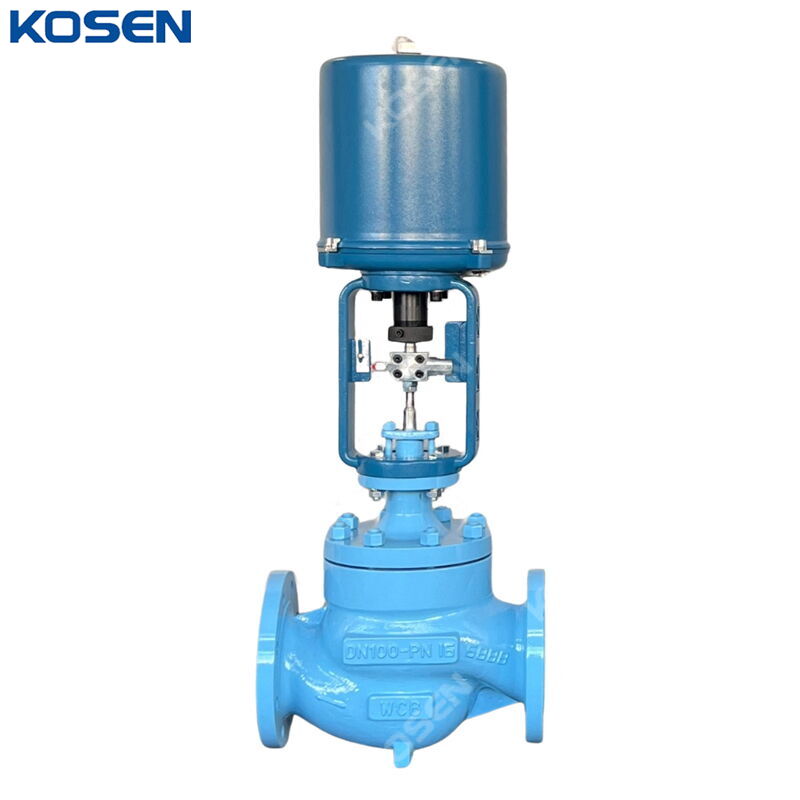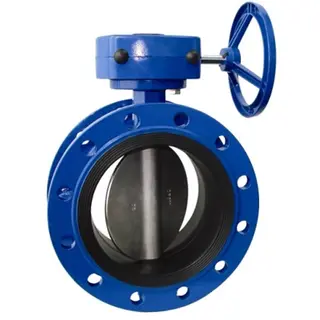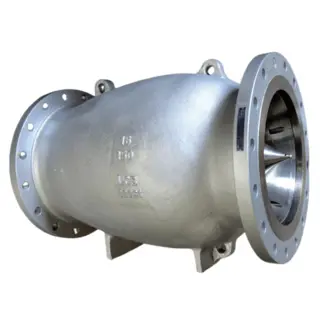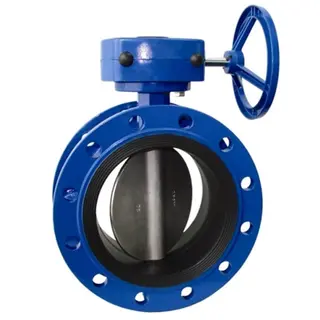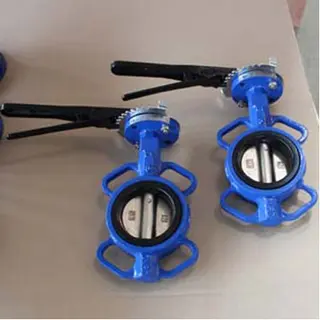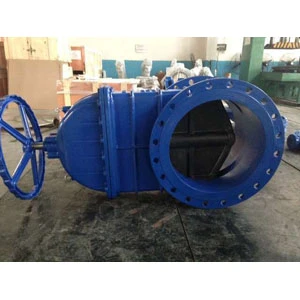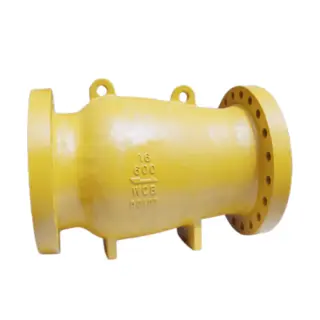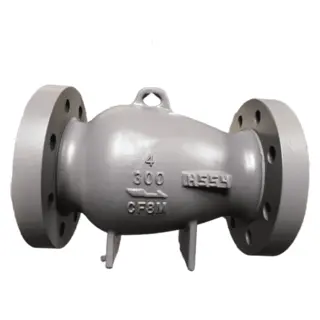Axial Flow Control Valve, Ductile Iron, 20 Inch, 150 LB, RF
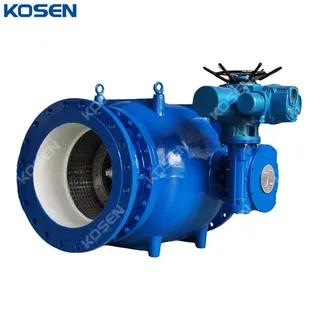
Key Specifications / Features
Detail Information
Product Name: Axial Flow Control Valve
Body Material: Ductile Iron
Size: DN500, 20 Inch
Pressure: PN10, Class 150 LB
End Connection: RF Flanged
Product Range
Port Size: DN100-DN2000, 4-80 Inch
Pressure: PN10, PN16, Class 150 LB
Structure: Axial Flow Control Valve
Medium: Clear water, sewage, seawater, oil, etc
Temperature: -20 to 150°C
Body material: Ductile Iron, ASTM A216 WCB
Connection: RF Flange
Feature: Not afraid of sewage blockage
The Piston Control Valve is an enhanced version of the needle valve, specifically designed for long-term use in water delivery systems, dams, and hydropower stations. It is widely regarded for its reasonable design, simple operation, low maintenance rate, and cost-effective energy dissipation. This valve also functions as a flow and pressure regulating valve, suitable for special working conditions where precise control is needed.
Working Principle
The piston control valve operates through a mechanism that converts the rotational motion of the valve shaft into the axial movement of the piston. This is achieved by a crank and connecting rod assembly. As the piston moves back and forth, it regulates both the flow and pressure by altering the flow area between the piston and the valve seat.
Flow Direction: Water enters the valve body from the axial arc.
Flow Passage: The valve chamber’s flow passage is axisymmetric, ensuring that the fluid does not produce turbulence.
Flow Control: Regardless of the piston’s position, the water flow section in the valve remains annular, narrowing at the outlet to prevent cavitation. This design minimizes the risk of damage to the valve body and pipeline due to throttling.
Product Features
Comprehensive Components: The valve consists of the valve body, valve seat, piston, valve shaft, crank, connecting rod, driving pin, taper pin, bearing, and operating mechanism.
Flow Regulation: The flow is regulated by the axial movement of the piston, which adjusts the flow area between the piston and valve seat.
Pressure Control: The piston control valve allows for precise pressure regulation, ensuring stable operation.
Turbulence-Free Flow: The flow passage is designed to prevent turbulence, promoting smooth fluid movement through the valve.
Prevention of Cavitation: The valve’s design ensures that the flow area at the outlet narrows, preventing cavitation damage that can otherwise occur due to throttling.
This valve is effective in applications requiring consistent flow and pressure control, particularly in water systems and hydropower stations.
Materials of Main Parts
|
NO |
Part Name |
Material |
|
1 |
Body |
Ductile Iron, ASTM A216 WCB |
|
2 |
Packing |
Butadiene rubber |
|
3 |
Stem |
SS 304 |
|
4 |
Bearing |
Copper Alloy |
|
5 |
Handcap hole |
Ductile Iron, ASTM A216 WCB |
|
6 |
Crank |
SS 304 |
|
7 |
Piston |
SS 304 |
|
8 |
Seat |
SS 304 |
|
9 |
Connecting rod |
SS 304 |
|
10 |
Driving lever |
SS 304 |
|
11 |
Driving Pin |
SS 304 |
|
12 |
Backwash sleeve(optional) |
SS 304 |
Key Points of Model Selection for Piston Control Valves
When selecting a piston control valve, it is important to consider the following factors:
» Operating Conditions
Small Pressure Difference: Standard piston control valves are most suitable for applications where the pressure difference is small and the medium contains suspended solids.
Medium Containing Suspended Solids: The valve design prevents cavitation damage, making it ideal for media with particulate matter or fibers.
» Flow and Cavitation Prevention
Flow Design: In ordinary water applications, water flows into the valve body from the axial arc and contracts toward the axis at the outlet. This design ensures that cavitation bubbles are confined to the center of the pipe.
Cavitation Prevention: The cavitation bubbles, caused by collision, are limited to the center of the pipe and surrounded by water. This ensures that even if the bubbles collapse due to instability, they do not damage the valve or pipe wall, preventing cavitation fracture.
» High Pressure Difference and Precision Control
Multi-Orifice Piston Control Valve: For conditions involving a high-pressure difference and the need for precise control, a multi-orifice piston control valve is recommended.
Design for High Control Precision: The spray holes on the multi-orifice valve seat are specifically designed for the working conditions, with small, symmetrically distributed holes on the valve seat wall.
Turbulence and Friction Management: As water flows through these small holes, it collides at the centerline of the valve, leading to turbulence in the valve's small stroke area. The violent collision and friction within the water eliminate most of the cavitation, helping maintain precise control over the flow.

